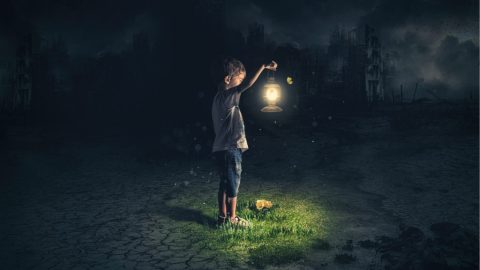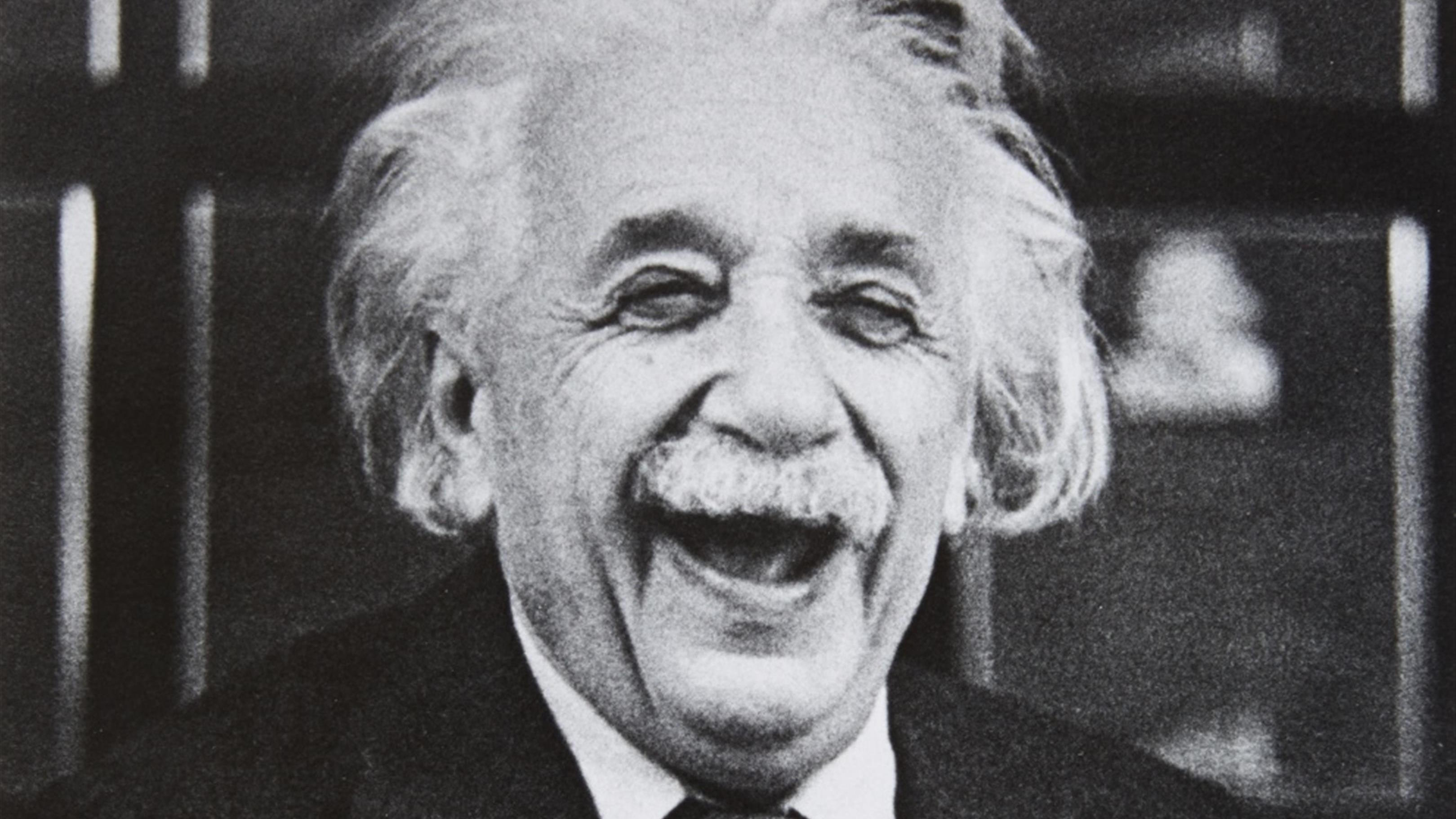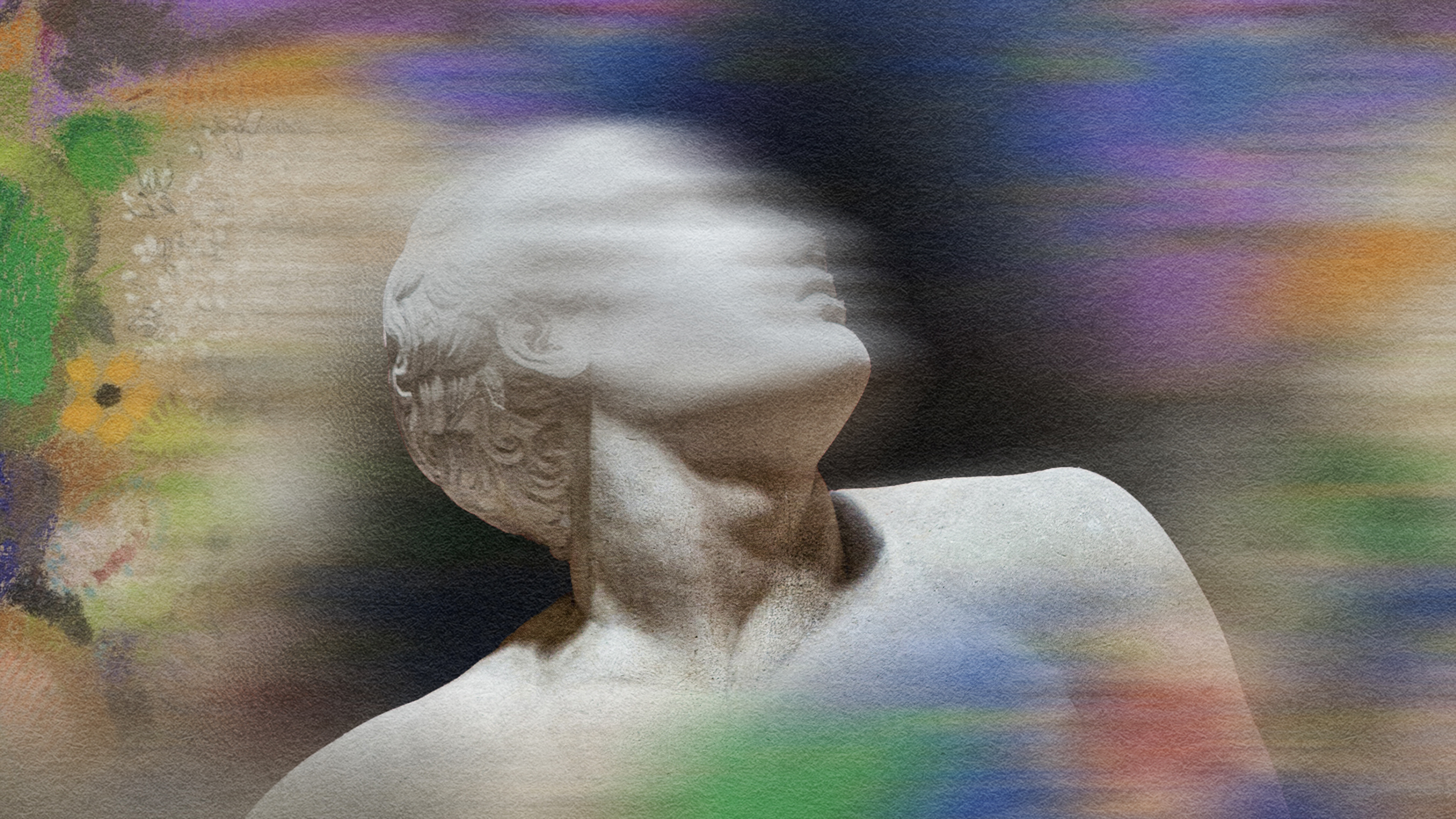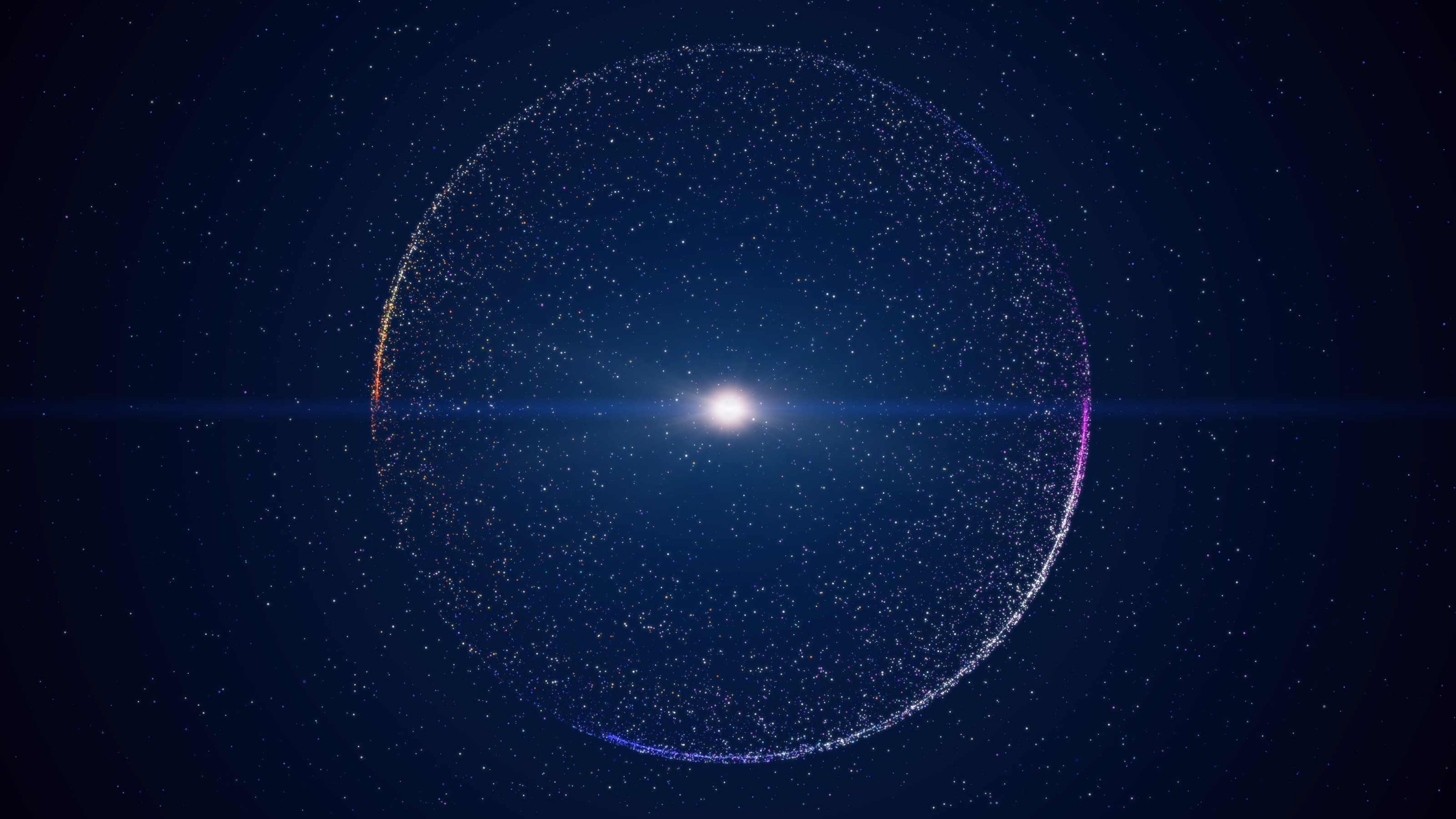A journey of darkness and light

We often forget what a privilege it is to be alive. I can attest to this, as I imagine most of us can.
I experienced my darkest moments during my teenage years, as I struggled to make sense of my mother’s death when I was only six, convinced that I had somehow been cursed. Why such catastrophic loss should befall me? What child deserves to grow up motherless, seeing, every day, his school friends being kissed and hugged by theirs? This sort of reaction to loss, bordering on anger, often leads to nihilism and self-destruction.
Fortunately, I wasn’t alone. There were many who loved and supported me—my brothers and father, my family, friends, coaches, teachers—showing me that there was another way. At thirteen, I could see, looming ahead, a clear fork in my road, one way leading toward self-pity and despair, and the other toward joy and wonder. The ancient battle between light and darkness was afoot, and its outcome depended on me, on the choices I was to make along the way. I understood that I was the main hero of my life and that the quest that would propel me forward was mine to choose. In this, in having the freedom to choose, I was indeed very lucky.
In my questioning of the ways of the world, religion offered the first answer. Growing up in a conservative Jewish family meant being intimate with the stories of the Old Testament. Regrettably, the depiction in a Bible for children that I read cover to cover many times over—of an angry and vengeful God that kept himself busy punishing the multitudes that deviated from his commandments—blurred my early vision of religion. And scared the living lights out of me. It took me a long time to realize that that is not what religion, Judaism or otherwise, is about.
Not all was doom and gloom in the boiling cauldron of my formative years. Every time I sought the way of darkness, the explosive brightness of the tropical sun, the incessant chirping of the bem-te-vis, the luxuriant colors of the Atlantic forest, the pattern-rich night sky of the southern hemisphere—all of these things would conspire to pull me out, like a rope tossed to someone sinking in quicksand. Nature was screaming at me to look at life pulsating everywhere around me, to embrace it, to experience and cherish it to the fullest.
Everything changed
When I discovered science by my mid-teens, everything changed. I somehow realized, perhaps not consciously at first, that science was an act of devotion to Nature, to the wonder of existence, a flirt with the mystery that surrounds us all. I also understood that, to me at least, there was only a very specific kind of science, focused on the deepest questions about the cosmos and our place in it. So, I took to the study of particle physics and cosmology, the twin disciplines that address the very small and the very large, in particular trying to reconstruct the history of the Universe as a whole.
How can one be more privileged than to devote a lifetime engaging with the mysterious nature of creation itself? This, to my mind, is where science and spirituality meet, in the visceral realization that we are connected to the very core of the Universe, that we are how the Universe thinks and feels. Before the dawn of humankind, the Universe was entombed in oblivion.
Above it all looms the spectrum of time, the ultimate of all questions. We are creatures bound by time, blessed and cursed with an awareness of its passage. Time marks the beginning of every existence, from a baby to a love story, from a flower to the Universe itself. And time marks the end of life, the feeling of loss that hurts us so.
Sublime choreography
We live and relive this dance of creation and destruction every year, as seasons pass on Earth, as old stars die triggering the birth of new ones, as the Universe itself evolves with its own of light and darkness. Nature tells the story of time in many ways. And as we learn more and more about the Universe, about the workings of Nature and of life itself, we understand, better and better, what an essential and special a part of it all we are, a living manifestation of the sublime choreography of existence.
I learned much of this through the practice of science, and through my own experiences with light and darkness. I learned that the stars are at their brightest when the sky is at its darkest. I learned that we should not choose one over the other, but thread along the ridge that crests above both, occasionally dipping to this or the other side of the mountain. I learned that we can only strive for light once we experience darkness. We need both to be whole.
This ongoing engagement with the mysterious has taught me to look at the world with great respect and humility. We know so little and yet have learned so much, including that we can never know it all, that the mystery will never go away. To engage in this quest for knowledge, to share it with others, imbues me with a sense of meaning and of mission.
If my early life was marked with death and loss, the rest of it has been a celebration of our human capacity for awe and wonder, for our unique ability to ask about the meaning of existence, finding, every day, a million reasons to be grateful for being alive.
Learn more about Gleiser, and the Templeton Prize, here.
Editor’s note: Marcelo Gleiser was named winner of the Templeton Prize in March. He will be awarded the prize at a ceremony tomorrow in New York. We asked him to write about what the award means to him, and in typical humble fashion, Marcelo shares a bit of his life’s journey and his sense of awe in the face of science and nature.
The post A Journey of Darkness and Light appeared first on ORBITER.





